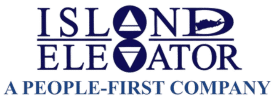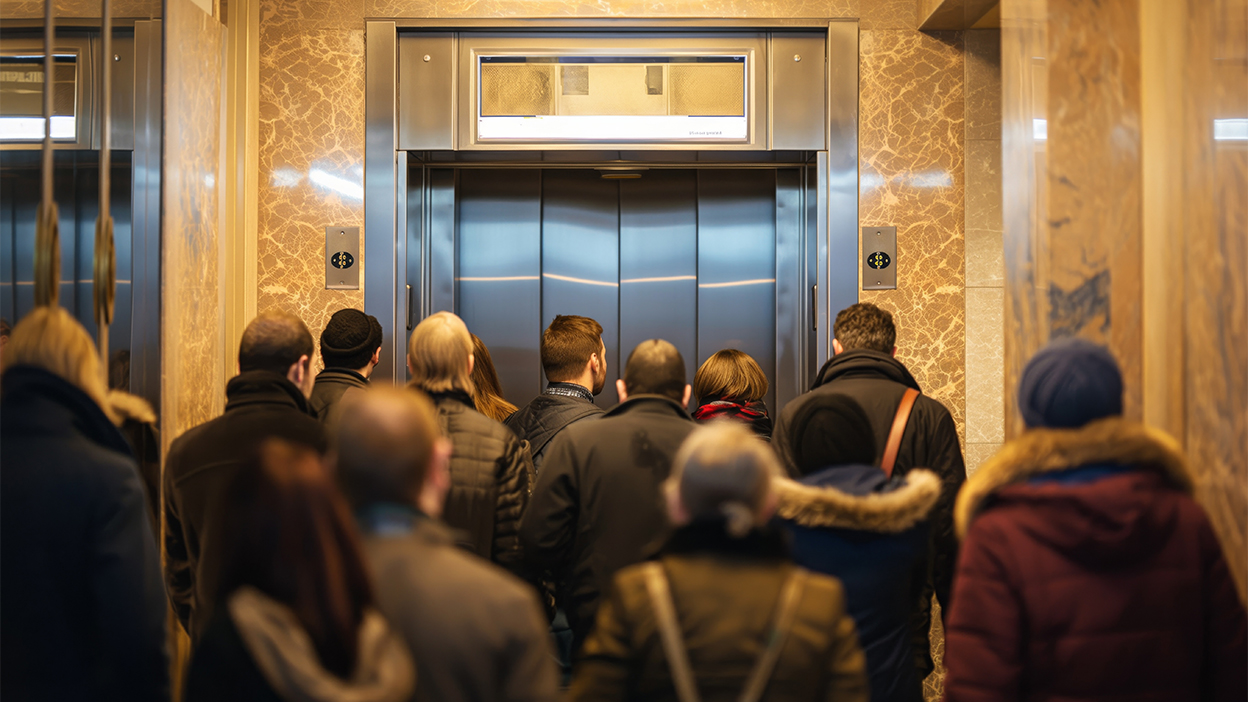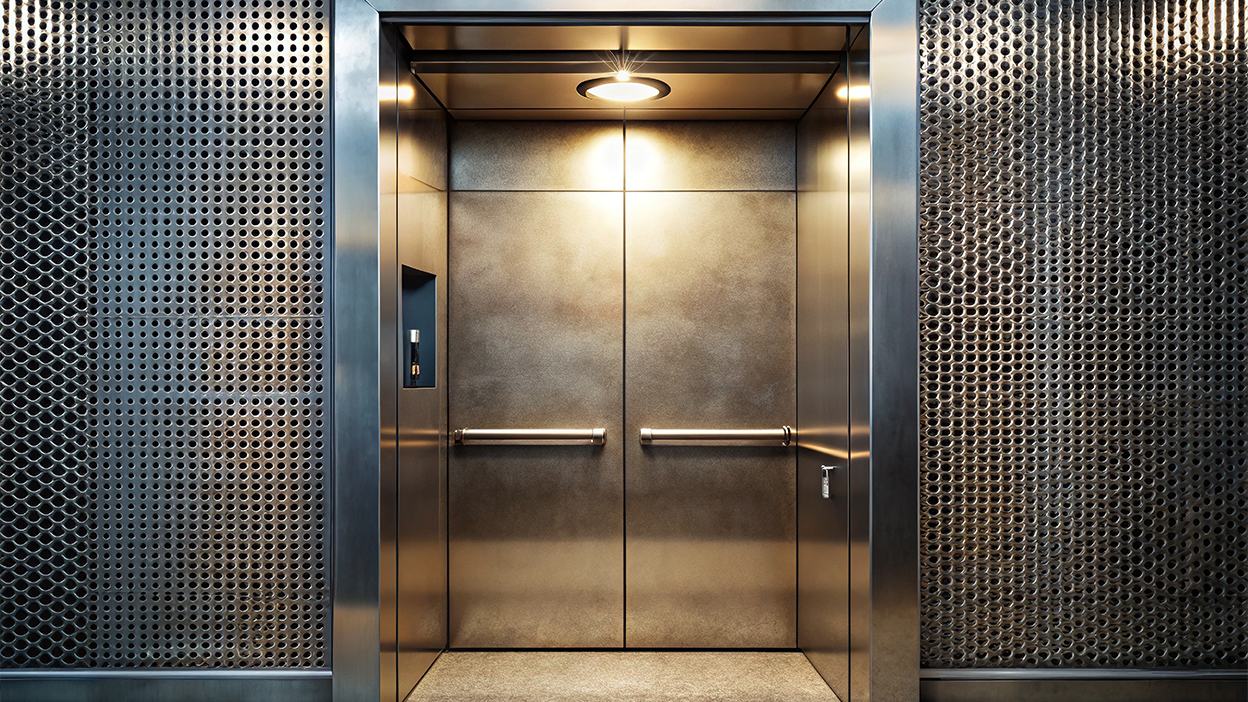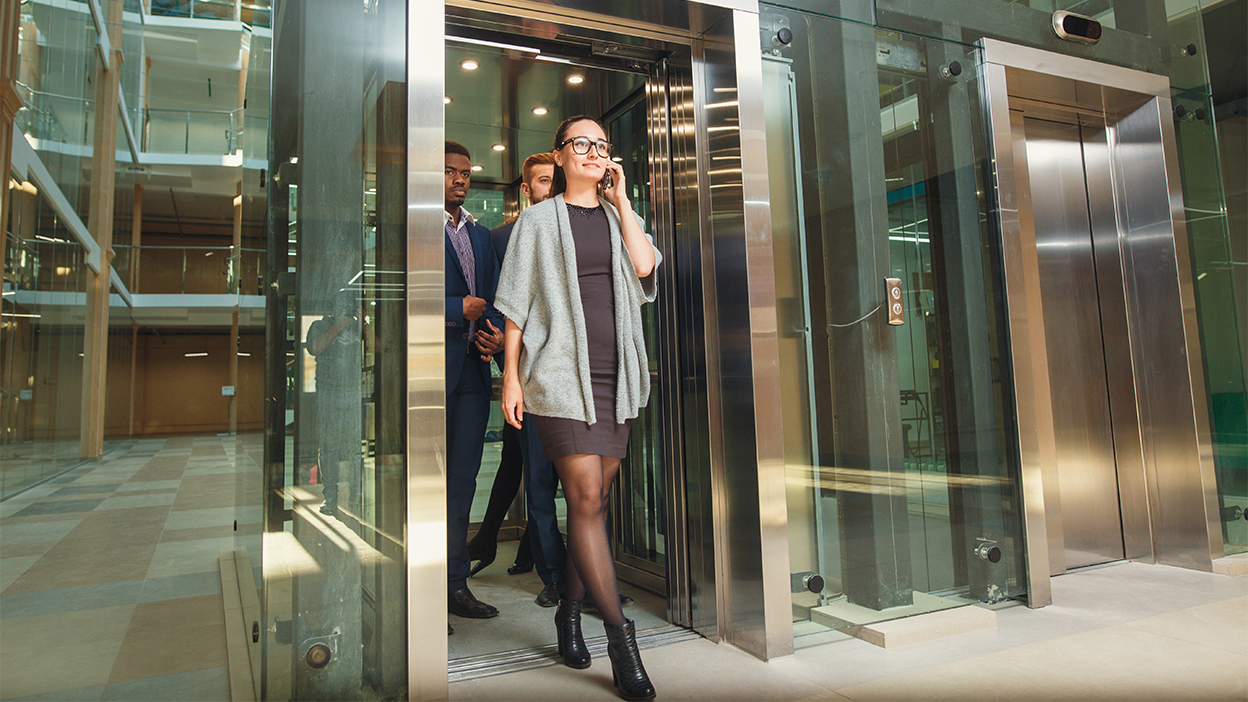Choosing the right elevator type is one of the most important decisions you’ll make when designing, renovating, or upgrading a building. The ideal system depends on your building’s height, usage, traffic flow, and design constraints. For property owners and developers on Long Island, understanding the available options can help ensure the right fit for both functionality and budget.
Here’s a breakdown of the most common types of elevators and how to decide which is best for your building.
1. Hydraulic Elevators
Best for: Low-rise buildings (up to 5–6 stories)
- Uses a piston powered by hydraulic fluid to raise and lower the cab.
- Requires a machine room at the base of the shaft and a pit.
- Slower than traction elevators but often more cost-effective for small buildings.
- Ideal for schools, medical offices, and small commercial buildings on Long Island.
Pros:
Lower initial installation cost
Smooth ride quality
Easy maintenance
Cons:
Slower travel speed
Higher long-term energy consumption
Not ideal for high-rise buildings
2. Traction Elevators (Geared or Gearless)
Best for: Mid- to high-rise commercial and residential buildings
- Operate with steel ropes and counterweights, using a hoisting motor above the shaft.
- More energy-efficient than hydraulic models and capable of higher speeds.
Pros:
Fast and smooth operation
Suitable for taller buildings
Lower energy usage over time
Cons:
Higher installation cost
Requires a machine room (unless using an MRL system)
3. Machine-Room-Less (MRL) Elevators
Best for: Mid-rise buildings where space is limited
- A variation of traction elevators with the machinery located in the hoistway instead of a separate machine room.
- Ideal for retrofits or buildings where conserving space is a priority.
Pros:
No machine room required
Energy efficient
Ideal for modernization projects
Cons:
Slightly more complex to maintain
Not ideal for very tall buildings
4. Freight Elevators
Best for: Warehouses, retail stock areas, industrial settings
- Designed to carry goods rather than passengers.
- Come in various sizes and capacities depending on the application.
Pros:
Heavy-duty performance
Large cab dimensions
Durable and reliable
Cons:
Not suitable for passenger use
Larger space requirements
Factors to Consider When Choosing an Elevator
When selecting an elevator system, think about:
- Building height and usage patterns
- Available space for the shaft and machine room
- Weight capacity and traffic volume
- Required elevator size and elevator dimensions
- Installation and ongoing maintenance costs
- Local code compliance on Long Island
Partnering with a knowledgeable elevator company like Island Elevator ensures that your system is designed to meet both your functional needs and local building codes.
Work with Island Elevator to Find the Right Solution
Island Elevator has decades of experience guiding building owners and developers through every step of the elevator selection process. Whether you need a hydraulic elevator for a low-rise commercial building or are planning a modernization project for a residential complex, we’ll help you find the right fit on Long Island.
Understanding the different types of elevators is essential for selecting the right system for your building. From hydraulic elevators to MRL and traction systems, each has unique advantages depending on your layout, usage, and goals.
Contact Island Elevator today at 631-491-3392 or by completing this contact form to explore your options with a local expert who knows the best options for your building project.




